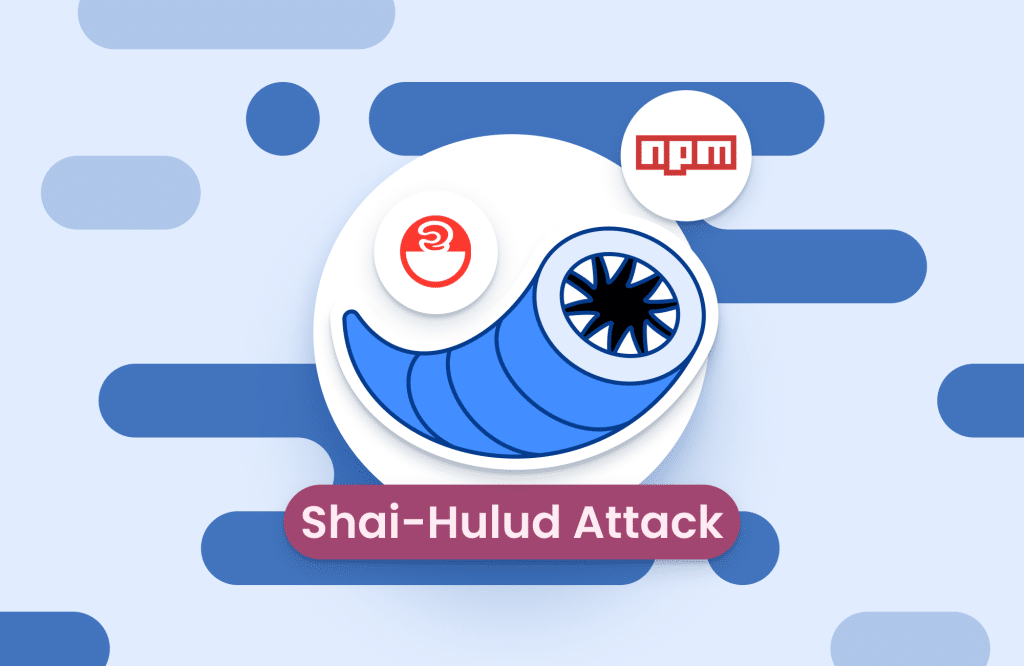
Mend.io is Recognized in the 2025 Gartner®Magic Quadrant™ for Application Security Testing

Mend.io is Recognized in the 2025 Gartner®Magic Quadrant™ for Application Security Testing

NPM Ecosystem Under Siege: Self-Propagating Malware Compromises 187 Packages in a Huge Supply Chain Attack